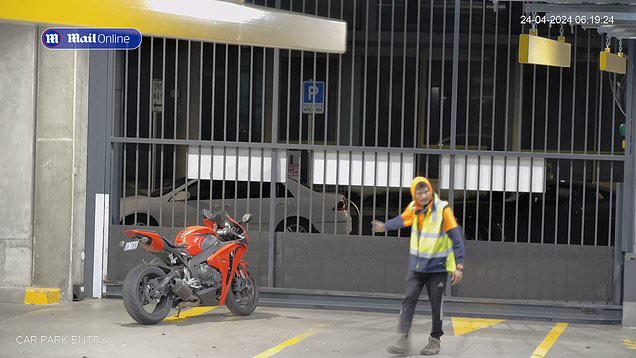
SAA TO BOOST ROUTE NETWORK, FLEET IN 18 MONTHS POST-TAKATSO DEAL COLLAPSE
South African Airways (SAA) acting CEO John Lamola yesterday said the national carrier would double its current route network and increase aircraft fleet by at least 30% in less than 18 months as part of a recovery strategy post-cancellation of the strategic partnership with Takatso Consortium in March.
Lamola said the strategy, “not necessarily a malicious Plan B” as it was developed parallel with the Takatso negotiations had been reaffirmed and retested through a New York-based aviation consultancy firm, and it hoped to guide the government in future decisions on SAA.
“It was not a malicious Plan B as such. It wasn’t Plan B because we did not have confidence that the consortium would be successful,” Lamola said.
“Essentially when at the end of March it was clear that the SAA partial privatisation was not going through, we then proceeded with a way forward.”
Lamola was speaking during a media briefing on the sidelines of the International Air Transport Association (IATA) Wings of Change Focus Africa Conference (WOCFA) in Johannesburg.
He said SAA’s fleet plan was based on carefully chosen network expansion premised on the fact that the era of state support for SAA was over.
He said therefore that the airline has to survive on its operating positive cashflows.
“It was a very conservative growth plan the global airlines are experiencing as well. The constraints of aircraft acquisition also helped us in not being as fast as we could have been in rebuilding SAA post-Covid,” he said.
Lamola recently indicated that banks were willing to give SAA a R1 billion facility and highlighted that while SAA could operate with 20 aircraft without an equity partner, expanding to 30 to 35 aircraft would require a strategic partner.
He said the cumulative factors that have affected SAA have had an impact on the region’s economic ecosystem that counted on the policy decisions by South Africa.
These, he said, were countries in the Southern African Customs Union (SACU) and other monetary blows, with the exception of Botswana.
“The fact is we are in a kind of a trade and economic policy development, policy formulation and coordination crises as far as the aviation sector is concerned,” he said.
“In the past three years or so, there was no clear successful direction on the future of the national airline. Now there is the Government of National Unity (GNU), out of which we have a new transport minister.
“The shareholder representative department that has been in charge of driving where SAA has been dissolved and as of this date, we report to the Presidency as the board and the CEO of SAA.”
Meanwhile, IATA’s regional vice-president for Africa and the Middle East, Kamil Alawadhi, urged South Africa’s new GNU to continue prioritising the development of its aviation sector as a critical driver for economic growth and job creation.
“South Africa’s aviation industry is poised for significant growth over the next 20 years, adding 345 million additional passenger journeys by 2043,” Alawadhi said.
“With aviation generating $6 (R111.63) in economic activity for every $1 spent, this expansion will inject billions into South Africa’s GDP and create thousands of new jobs. It is important for the new government to keep this as a strategic focus,” he said.
IATA’s senior vice-president for sustainability and chief economist Marie Owens Thomsen said the country had abundant feedstock to develop sustainable aviation fuel (SAF), and called on the GNU to mobilise its experience, resources, and infrastructure to accelerate the development of the commodity.
“South Africa has vast potential to become a leading sustainable aviation fuel (SAF) producer in the region. And there is a waiting market for SAF as airlines work to achieve net-zero carbon emissions by 2050,” she said.
Owens Thomsen also said more than a strategy in support of aviation’s decarbonisation was required… “It is a strategy for economic development and should be a top priority for the new South African government.
“Across agriculture, energy, and transportation, new jobs and industries are waiting to be created that would not only help fight poverty but also contribute to greater energy independence,” she said.
BUSINESS REPORT
2024-07-03T02:35:48Z dg43tfdfdgfd
